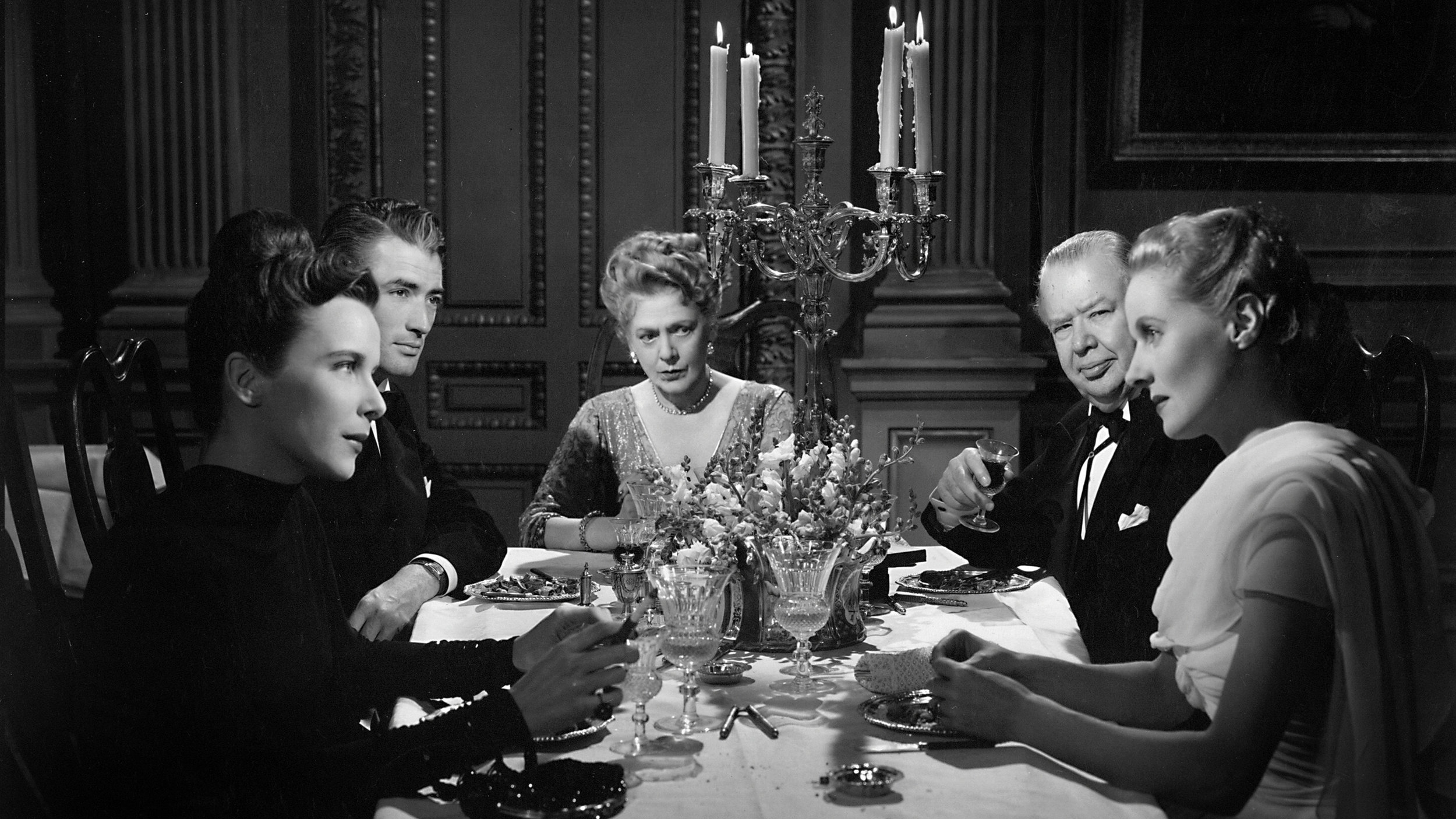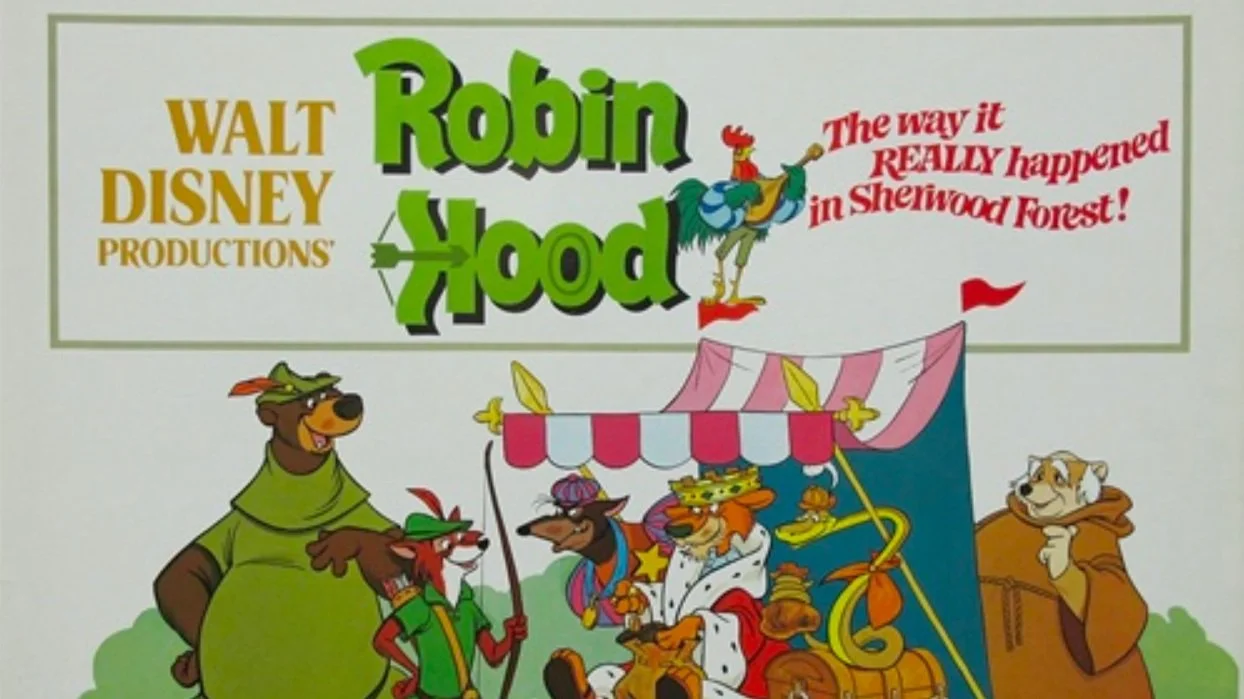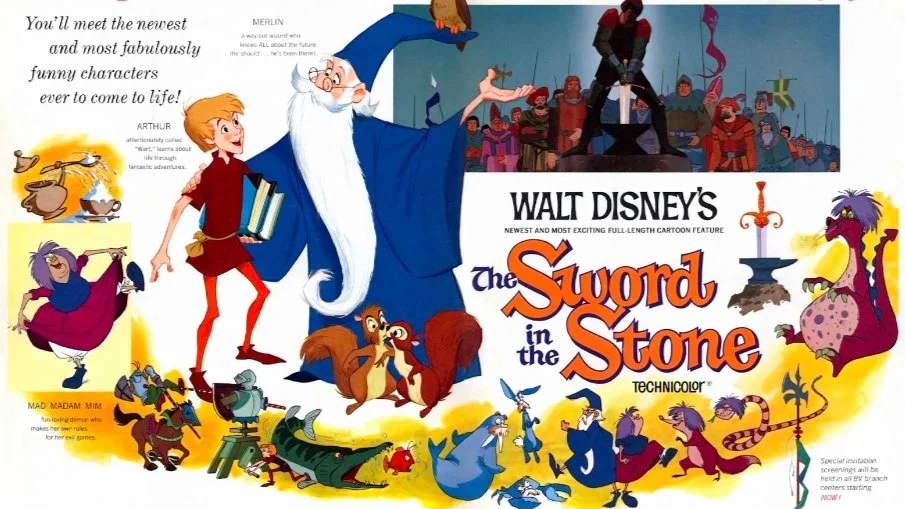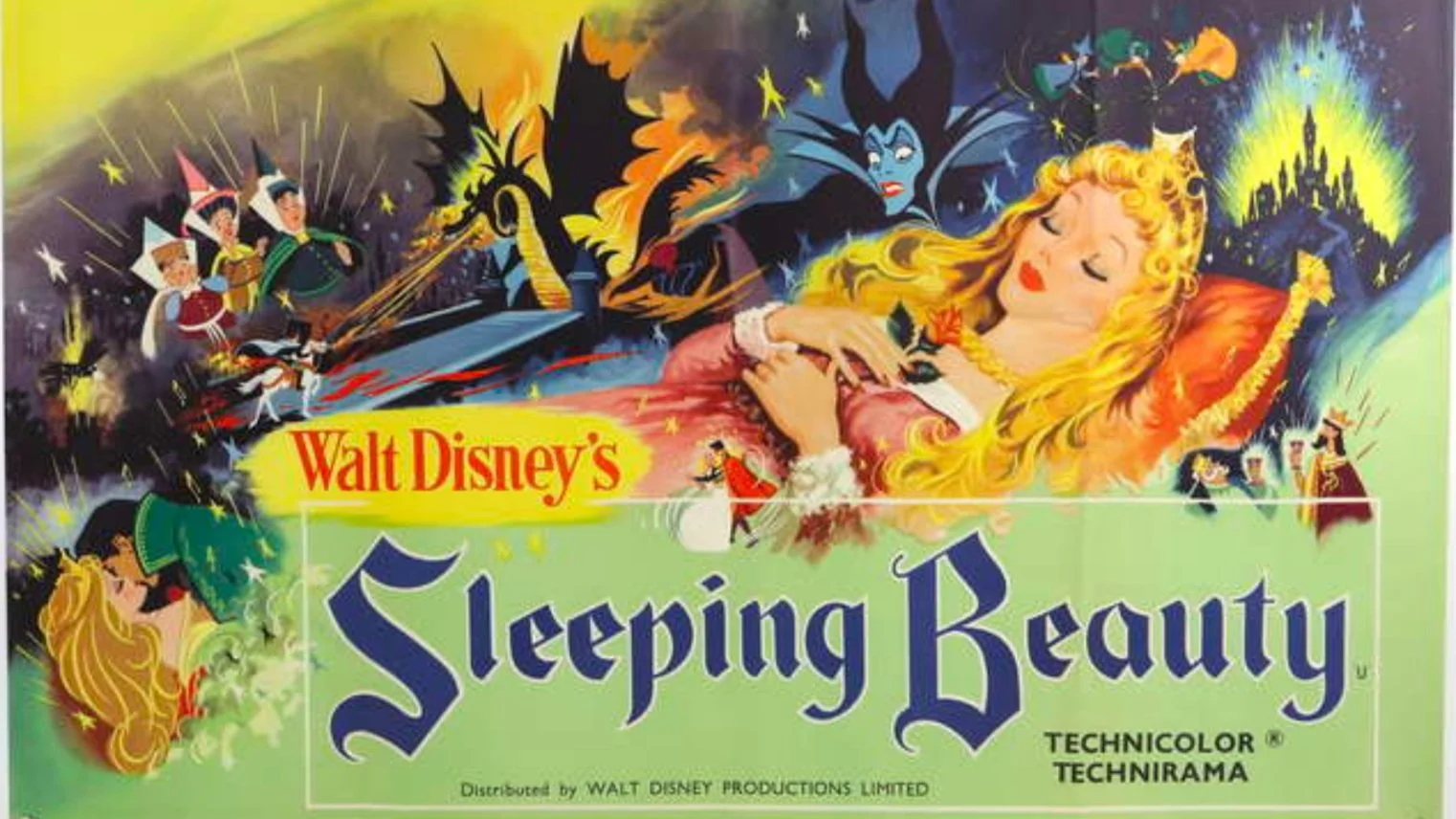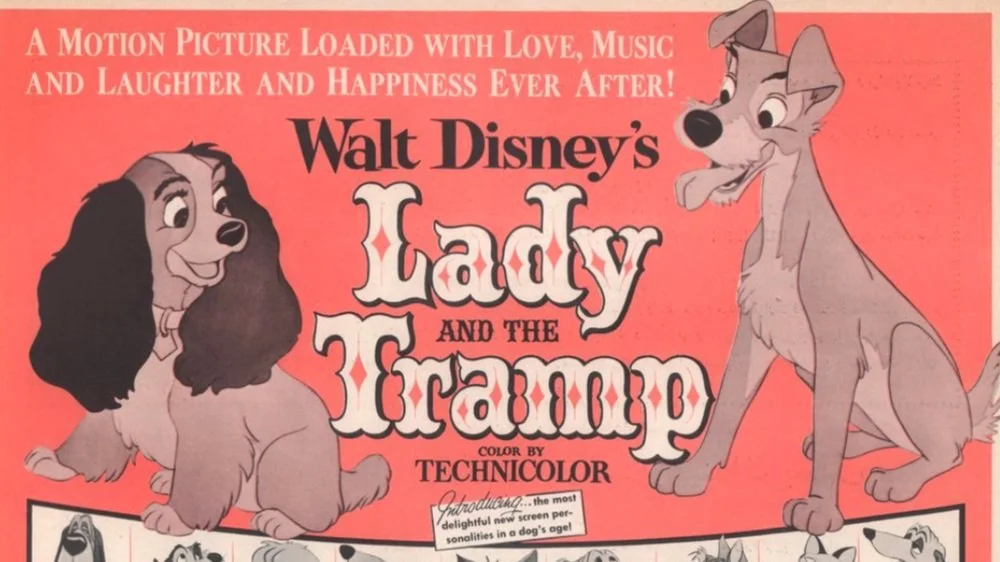Beginner’s Guide to Alfred Hitchcock: The Paradine Case (1947)
Obsession is a recurring theme for Alfred Hitchcock. In many of his films, ordinary people often get tangled up in crime or some sort of horrific incident because of something they pursue that’s just out of their grasp. In other films, people are victim to others’ desires, caught in a web of someone else’s making. Vertigo, Rear Window, Marnie, Psycho, Shadow of a Doubt, and Frenzy are the classic examples of Hitchcock’s obsession movies. A little known film called The Paradine Case is another variation on the theme of obsession, and it is notable for depicting both sides of obsession. Released in 1947, The Paradine Case stars Gregory Peck in his second film with Hitchcock (the first being 1945’s Spellbound), Ann Todd, Charles Laughton, Ethel Barrymore, and the Hollywood debuts of international actors Alida Valli and Louis Jourdan. The film was Hitchcock’s last under his contract with David O. Selznick, a contentious yet fruitful pairing. Despite one especially inventive sequence, The Paradine Case is a not a good movie.
Maddalena Anna Paradine is a beautiful young Italian woman married to a wealthy, elderly, blind man in London. When her husband is murdered by poison, Mrs. Paradine becomes the prime suspect. Her solicitor Sit Simon Flaquer (Laughton) hires Anthony Keane (Peck) to defend Mrs. Paradine. Upon first meeting Mrs. Paradine, Anthony becomes obsessed with her and makes it his mission to set her free. His wife Gay (Todd) is heartbroken, but decides that Anthony must defend her otherwise he would be become inconsolable if she were to be found guilty and hanged. Anthony starts to develop his case around Paradine’s servant Andre (Jourdan), letting his infatuation with Mrs. Paradine cloud his judgment.
Based on the novel of the same name by Robert Smythe Hitchens, the adaptation went through several drafts before production. Studios balked at some of the rougher parts of the novel—including a judge who enjoyed sending convicted criminals to their deaths. Once the film landed with Selznick and Hitchcock directing, there were several cast changes especially for the title role. Greta Garbo was the first choice for Mrs. Paradine, but did not want to play a femme fatale again. Ingrid Bergman and Hedy Lamar were also considered for that role, and Laurence Olivier, Joseph Cotton, James Mason, and Claude Rains for the role of Anthony Keane. During production, Gregory Peck noted that Hitchcock seemed bored, and new scenes were written daily to please Selznick. Selznick also controlled the editing and the lighting, not giving the director much room.
The film has several notable sequences that showed Hitchcock’s creativity. One is a confrontation scene between Anthony and Latour, where they are sitting beneath a crystal chandelier. Anthony sees Latour not just as a suspect, but a romantic rival for the mysterious Mrs. Paradine. As their conversation becomes more heated, the crystals start to look like sharp daggers or teeth. It’s a prime example of Hitchcock’s symbolic imagery through everyday items. Another brilliant scene is Mrs. Paradine sitting in the defense box while Latour enters the courtroom and sits in the witness stand. Hitchcock achieved that by filming Louis Jourdan entering the courtroom, then displaying that footage behind Alida Valli, who was sitting on a rotating stool. It’s a neat bit of footage, giving this dry film a shot of artistry and intrigue.
The Paradine Case has an intriguing premise, with a textbook setup for Hitchcockian suspense. A man losing himself over a femme fatale is classic Hitch. This film even shows the effects of the obsession not only on the man himself but his wife, colleagues, family, and a man guilty only of adultery. Unfortunately the movie itself does not live up to that premise. There are a few striking sequences, and the performances are mostly interesting. The ensemble is stacked with some great actors but the scenes themselves are not meaty enough to warrant their talents. Hitchcock made films with this similar theme many times; on The Paradine Case, however, that extra Hitchcockian touch is simply missing.


